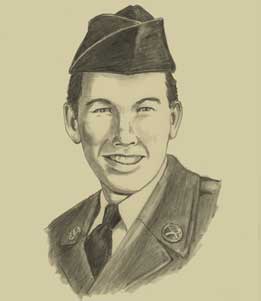

 Awards
Search
Awards
Search

Captain
Phillip Clark Boatner
Army
Inducted 2018
Captain Phillip Clark Boatner, US Army, was born 12 October 1940 in McAlester, Oklahoma, and now lives in Clayton, Oklahoma. At age 17 he enlisted in the Oklahoma National Guard. During the Vietnam War, Boatner was awarded two Silver Star Medals for gallantry.
On 30 March 1969, in Tây Ninh Province, while serving as Commanding Officer of Company C, 2nd Battalion (Airmobile), 5th Cavalry, elements of his unit became heavily engaged with a large enemy force. Boatner exposed himself to intense enemy fire as he ran to the contact area to deploy his company. He then led a coordinated assault on the enemy. His leadership enabled his unit to successfully complete its mission without sustaining any casualties.
One week later, on 6 April 1969, his company, while on a reconnaissance in force mission, came under an intense enemy attack. Boatner unhesitatingly moved forward to an exposed position within 30 meters of enemy bunkers. He pinpointed enemy emplacements, often standing up to maneuver one of his platoons against those positions. He was credited with killing two enemy soldiers, directing a rescue team, and at the same time laying down suppressive fire. He was severely wounded in the engagement and was medically retired in 1973.
In addition to two Silver Star Medals, Boatner’s awards include the Combat Infantry Badge, Bronze Star Medal, two Purple Hearts, Air Medal, and Army Commendation Medal.
Since retirement, Boatner has served Oklahoma Veterans. He was Commander of the American Legion, Oklahoma Department (1985–1986). He served as a Veterans Service Officer and Claims Officer. He was Assistant Administrator of the Oklahoma Veterans Center at Claremore (1988–1991) and at the Oklahoma Veterans Center at Talihina (1991–1995).
In 1998 Boatner became the Executive Director of the Oklahoma Department of Veterans Affairs, serving until 2001. In 2005 Boatner was appointed by Governor Frank Keating to the Oklahoma War Veterans Commission where he served until October 2009.
Historical recordings and documents may include offensive language, negative stereotypes, and descriptions of traumatic events. These materials are presented as part of the historical record and do not necessarily represent the viewpoints of the Oklahoma Historical Society.